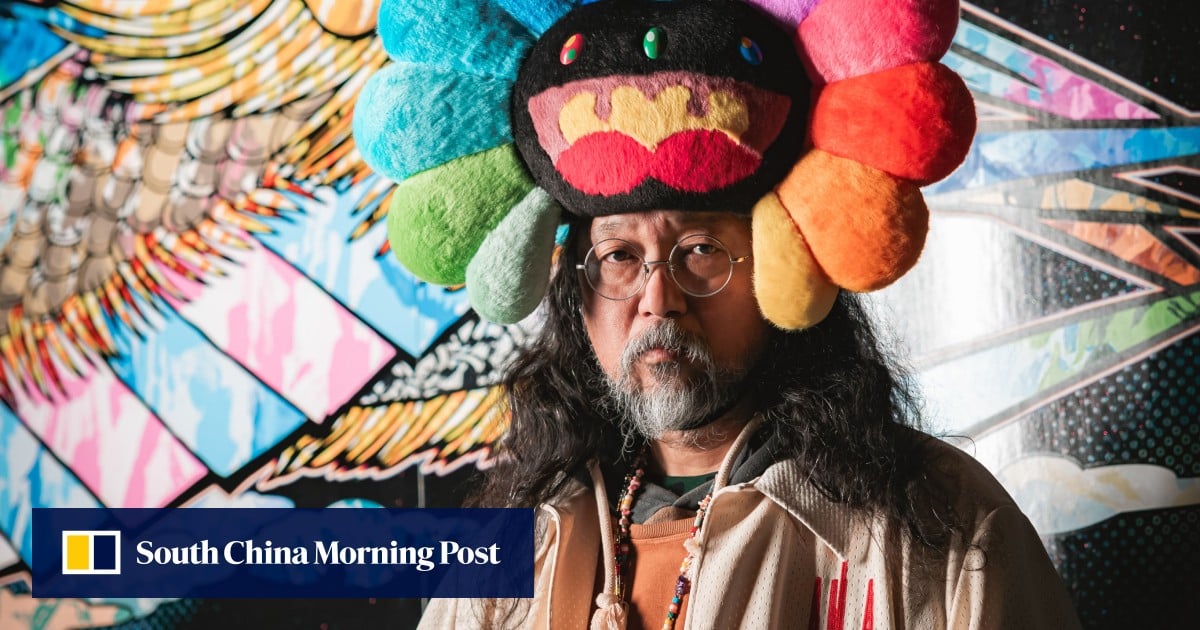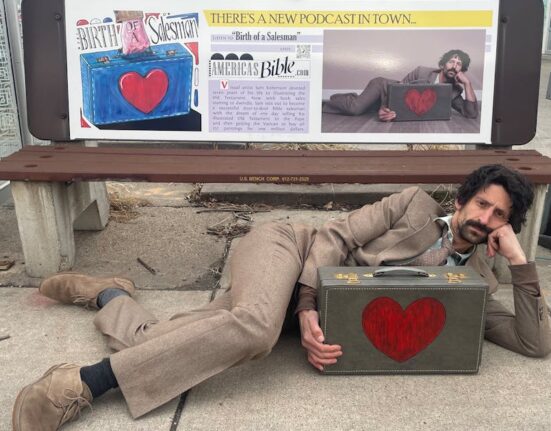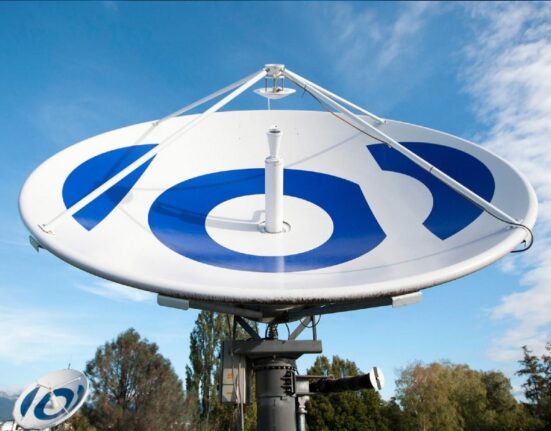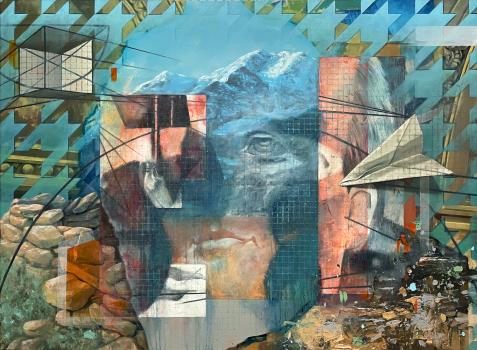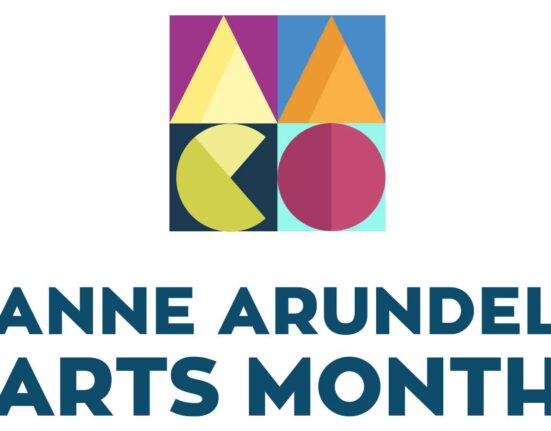It is also his first Japanese solo show outside Tokyo, his birthplace and the home of his gallery and art business, Kaikai Kiki; and a love letter to the art history of Kyoto, where his family of four, including his two young children, relocated after the Tohoku earthquake and tsunami in 2011.
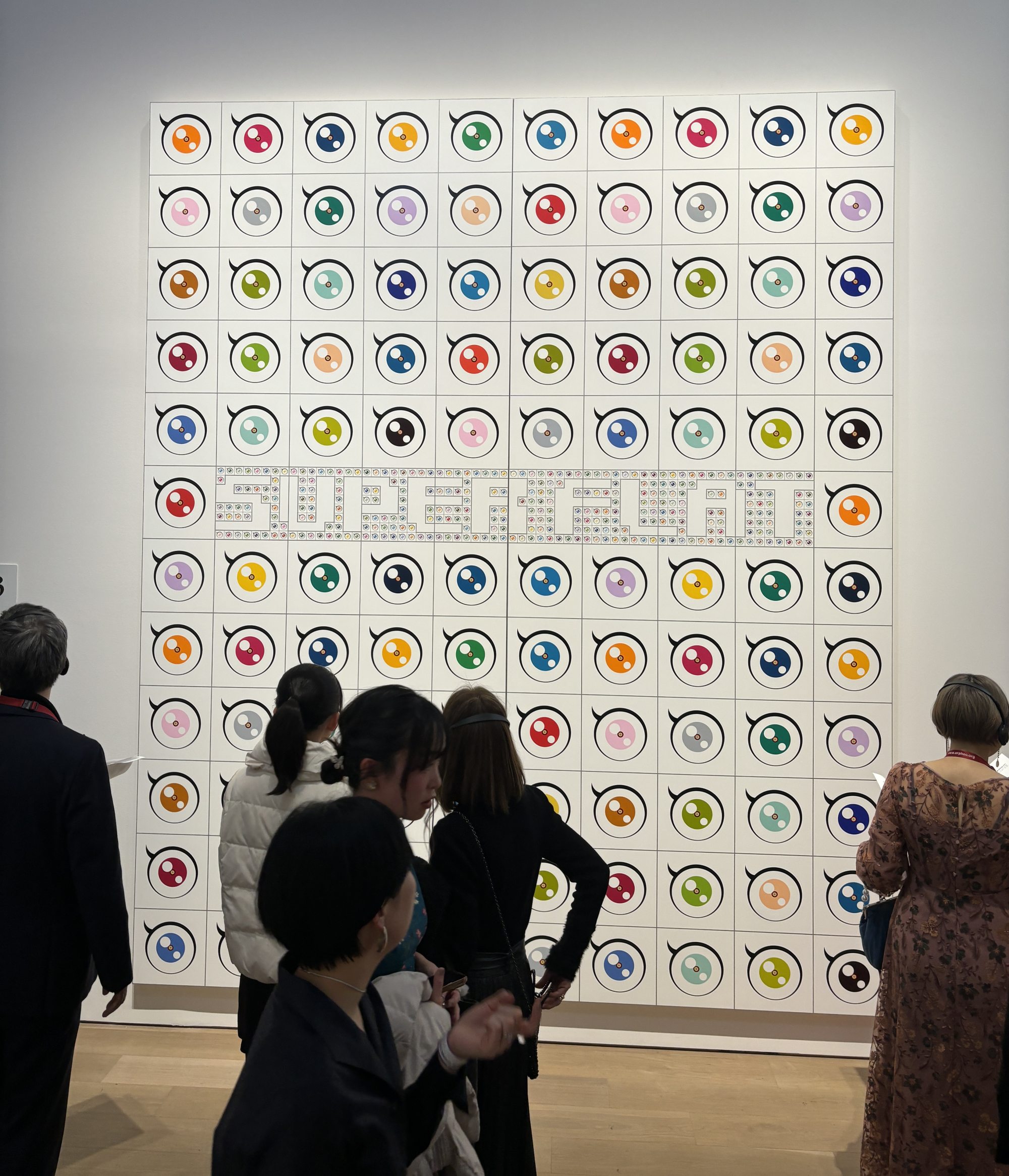
The exhibition features more than 170 artworks, most of which are new creations, and has a “work-in-progress” format. It was put together by a team of more than 40 assistants.
A notice on a wall states that some of the works on display are unfinished and will be updated “on a rolling basis” as a separate set of works is produced throughout the exhibition period.
Get hands-on with Yoko Ono’s art of 7 decades in Tate Modern exhibition
Get hands-on with Yoko Ono’s art of 7 decades in Tate Modern exhibition
Murakami apologises for the unusual “documentary-like context” and he plans for the artworks on show to be fully updated towards the end of the exhibition on September 1.
He writes that the exhibition plans to “intertwine my entire artistic practice with Kyoto as a context” and asks: “Wouldn’t it be fun and intriguing for me to assimilate into Kyoto in the process and become one with the ancient capital?”
He likens Kyoto’s culture to Italy’s Rome, in that both are “very old school” with beautiful historic architecture, “but it doesn’t make room for new cultures”.

Kyoto natives also “reject other Japanese people” as they still believe the city is the centre of the country, Murakami says, likening the attitude to that found in New York City, where he studied for a year with the help of a fellowship grant from the Asian Cultural Council in 1994.
He sees New York society as “completely about race”.
“When I lived in New York City, the feeling I experienced was very similar. That’s why I fit in with the Kyoto culture.”


That sense of alienation is evident in the first large-scale artwork in the exhibition, Rakuchu Rakugai Zu Matabei Iwasa rip (2023-24), a 13-metre-long (43-foot) reimagining of Scenes In and Around Kyoto, by 17th-century artist Iwasa Matabei.
Murakami’s modern version was first created with help from artificial intelligence and then rendered anew by hand.
Another centrepiece is Dragon in Clouds – Red Mutation: The version I painted myself in annoyance after Professor Nobuo Tsuji told me, “Why don’t you paint something yourself for once?”, an acrylic painting created in 2010.

A blue version of the painting created in the same year, titled Dragon In Clouds – Indigo Blue, currently resides at the Museum of Contemporary Art Chicago, in the US.
The “red mutation” is a staggering 18-metre-long work taking over an entire wall, with bold and seemingly emotional brushstrokes depicting a dragon with a fierce look in its eyes.
Murakami says he was inspired by his lack of confidence in the Japanese art world.
“In the Japanese art industry, the highest level of the pyramid is manga creators, followed by game and animation creators, with contemporary artists at the bottom. For a long time, I had no confidence in painting.”

He says he regained his self-esteem as a painter in the mid-1990s while in the US, where the large contemporary art market welcomed him and his kind of creativity with open arms as “these guys were very hungry for Japanese culture”.
Murakami was formally trained in the Japanese nihonga style and is known for founding the “Superflat” postmodern art movement in 2000, which is influenced by the flattened art forms of Japanese manga and anime, and concepts of a defeated post-war Japan.
His neo-pop style started to gain international recognition in the US in the 1990s, which helped propel him to become one of the bestselling Japanese contemporary artists.
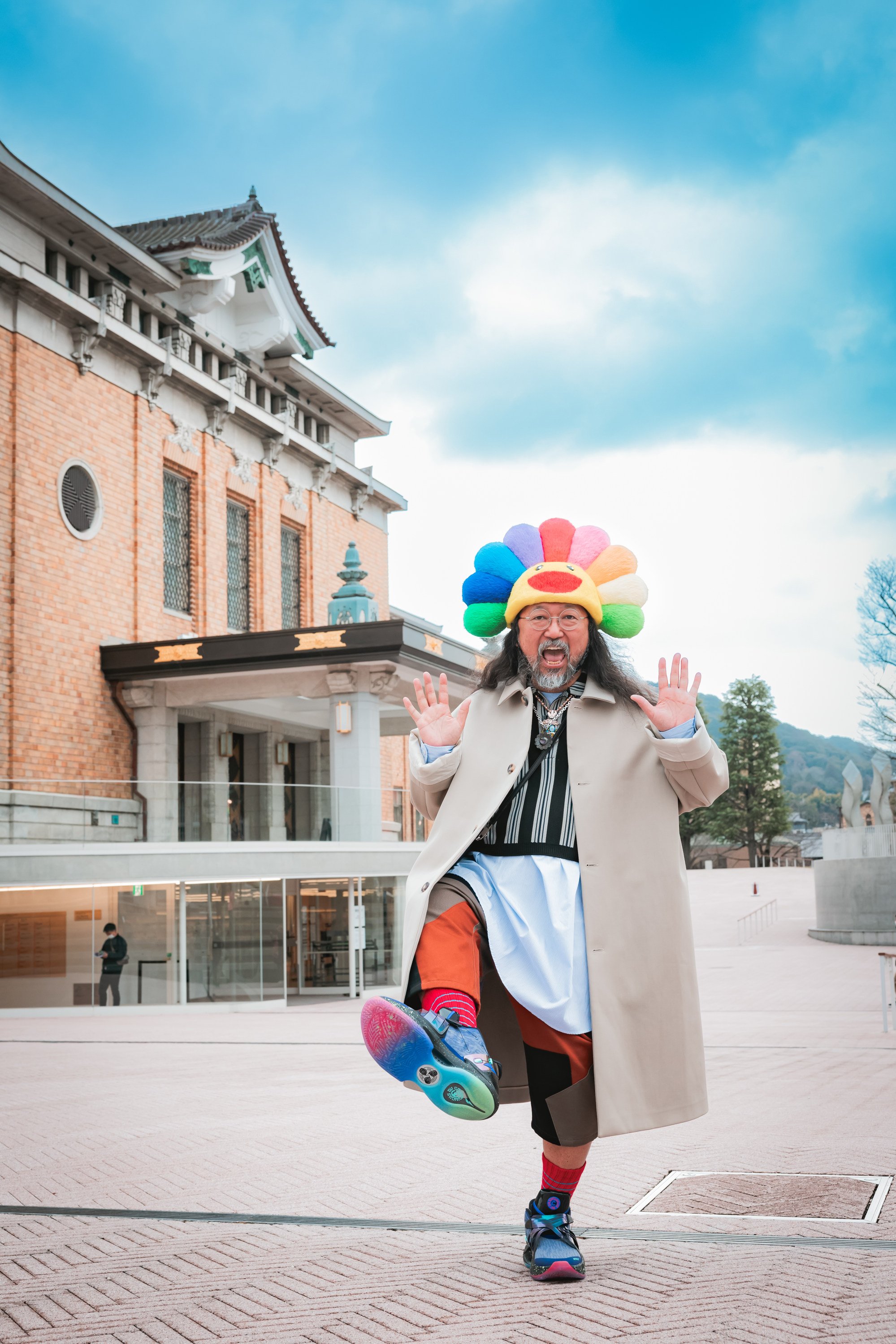
Murakami has always been one to blend different disciplines and boundaries in art. He recalls establishing his Superflat movement as a way to “melt [and bring together] everything” in the Asian art world.
“Nobody was watching the Asian territory before Art Basel Hong Kong [formerly Art HK] was born 16 years ago [in 2008]. That moment changed the game. Now, a lot of Western mega galleries have opened in Hong Kong and mainland China, and maybe over 40 per cent of the international market is in Asia.”
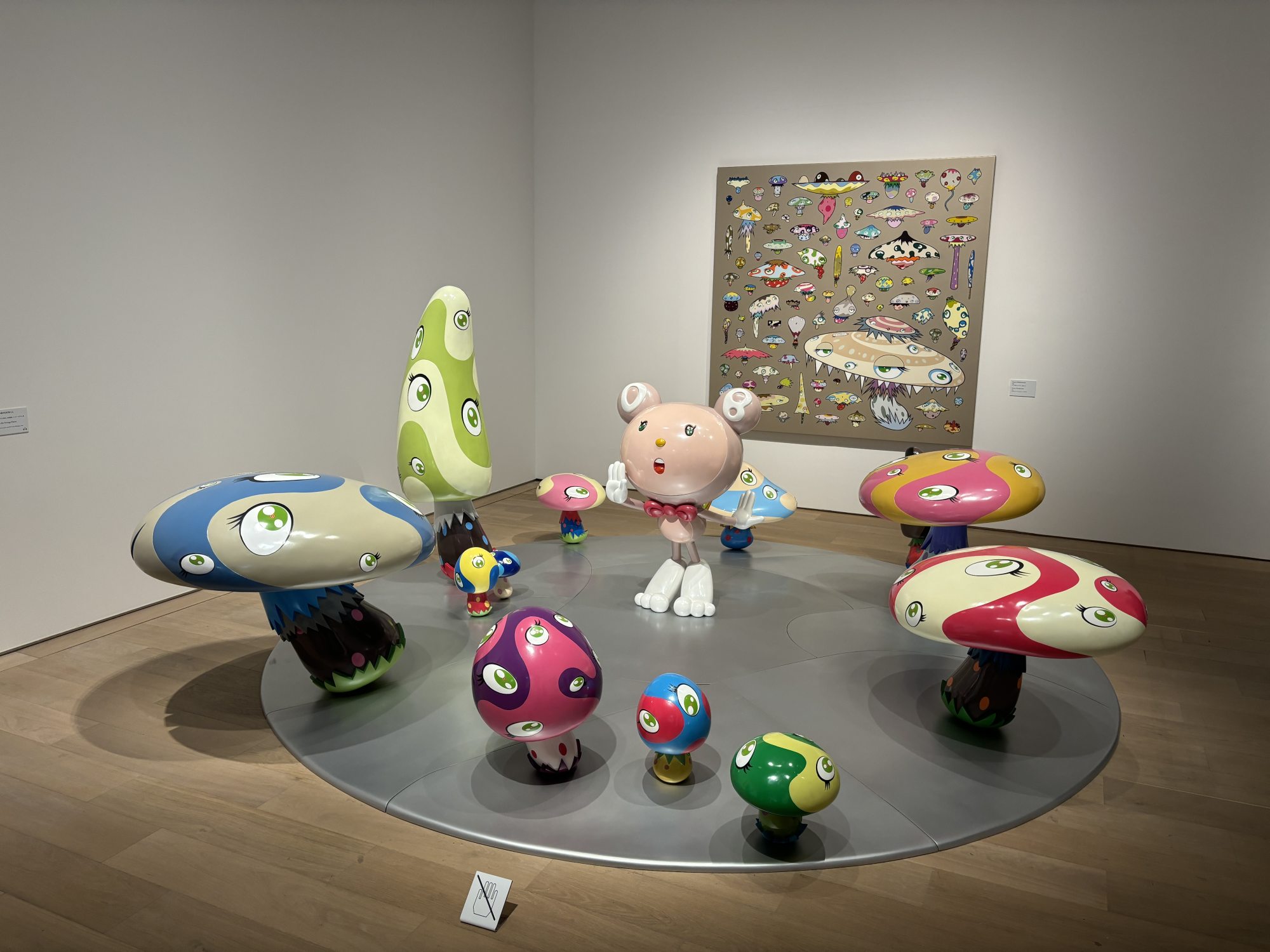
He also thinks that the Western art world has been looking to Asia for new influences. He believes the only new movement in the West in recent years is the Simulationism of artists such as Jeff Koons, whom he studied closely.
One section of “Takashi Murakami Mononoke Kyoto” focuses on the transformation of his most famous character, “Mr DOB”, since it was created in 1993, starting with a sculpture from that year.
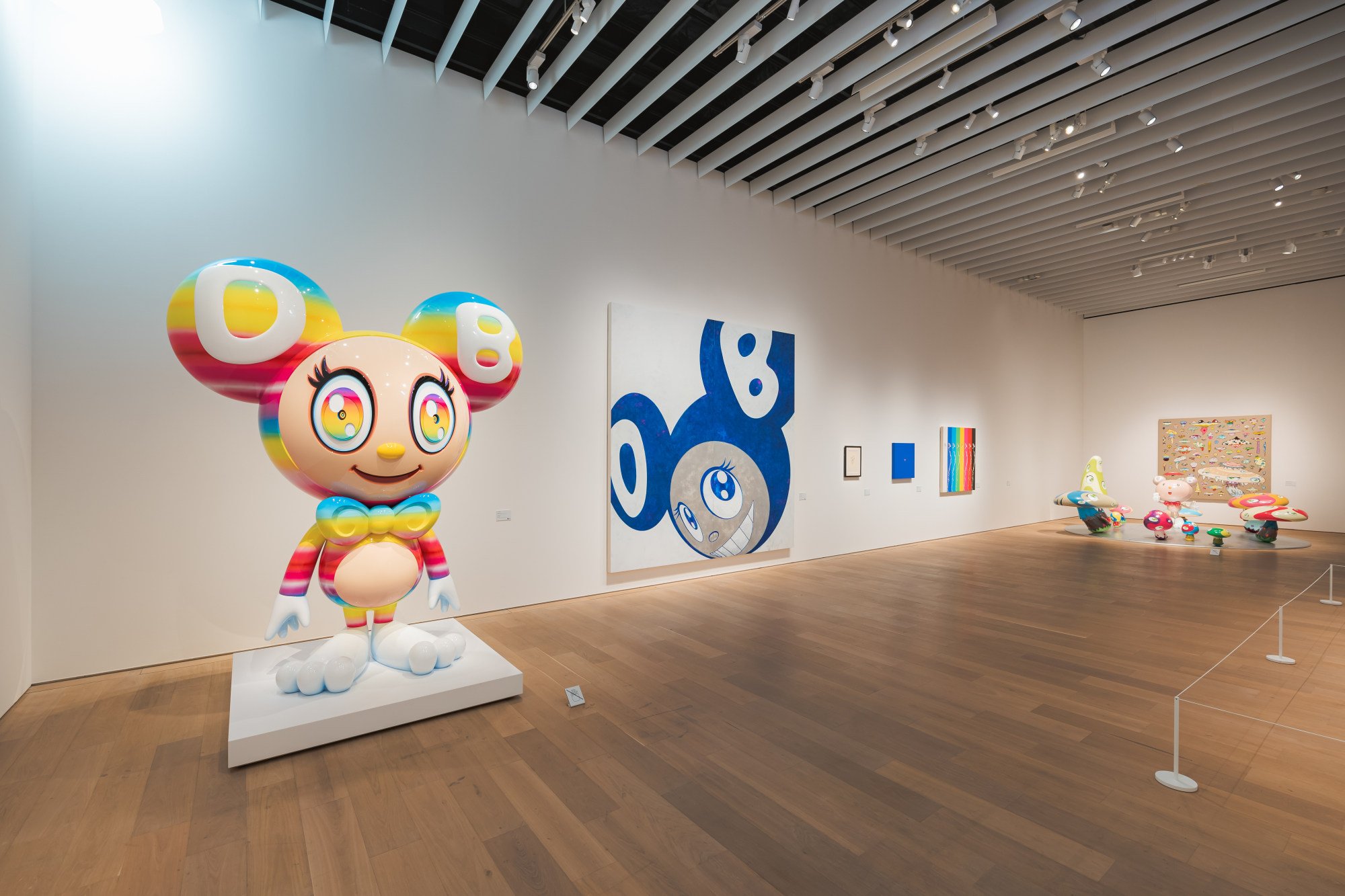
Murakami says the reason Mr DOB, and many other Japanese characters, have struck a chord with people around the world is how they reflect Japan’s “anxious spirit” that is grounded in the sorrow of the country’s wartime defeat.
Mr DOB’s evolution also links to the “Mononoke” in the exhibition’s title – vengeful spirits in Japanese classical literature and folk religion, the perception of whom has evolved over centuries of turbulent change.
As a nod to Kyoto and Japan’s art history, Murakami has also brought in his twin Embodiment of “Um” sculptures from 2014 – one blue, one red – which are both more than four metres tall. They are expressions of the Japanese oni, mountain-dwelling monsters known for their superhuman strength, which he created during the aftermath of the 2011 Tohoku earthquake.

The exhibition comes after the artist announced in July 2020 that Kaikai Kiki was facing bankruptcy. It has been a tumultuous few years since, with his 2022 non-fungible token (NFT) series, titled “Murakami.Flowers”, notably underperforming commercially.
However, he still believes in cryptocurrency collectibles and NFTs.
“When I learned about NFTs, it was super exciting to me. It was the same excitement as when I first learned about contemporary art, because this is a completely different structure – where is the barrier?
“It’s a very ‘wild wild West’ area. You cannot pinpoint it. The freedom zone is something I can believe in. Now, nobody believes in it, but I still do. That’s why I’m doing the trading cards using the same method.”
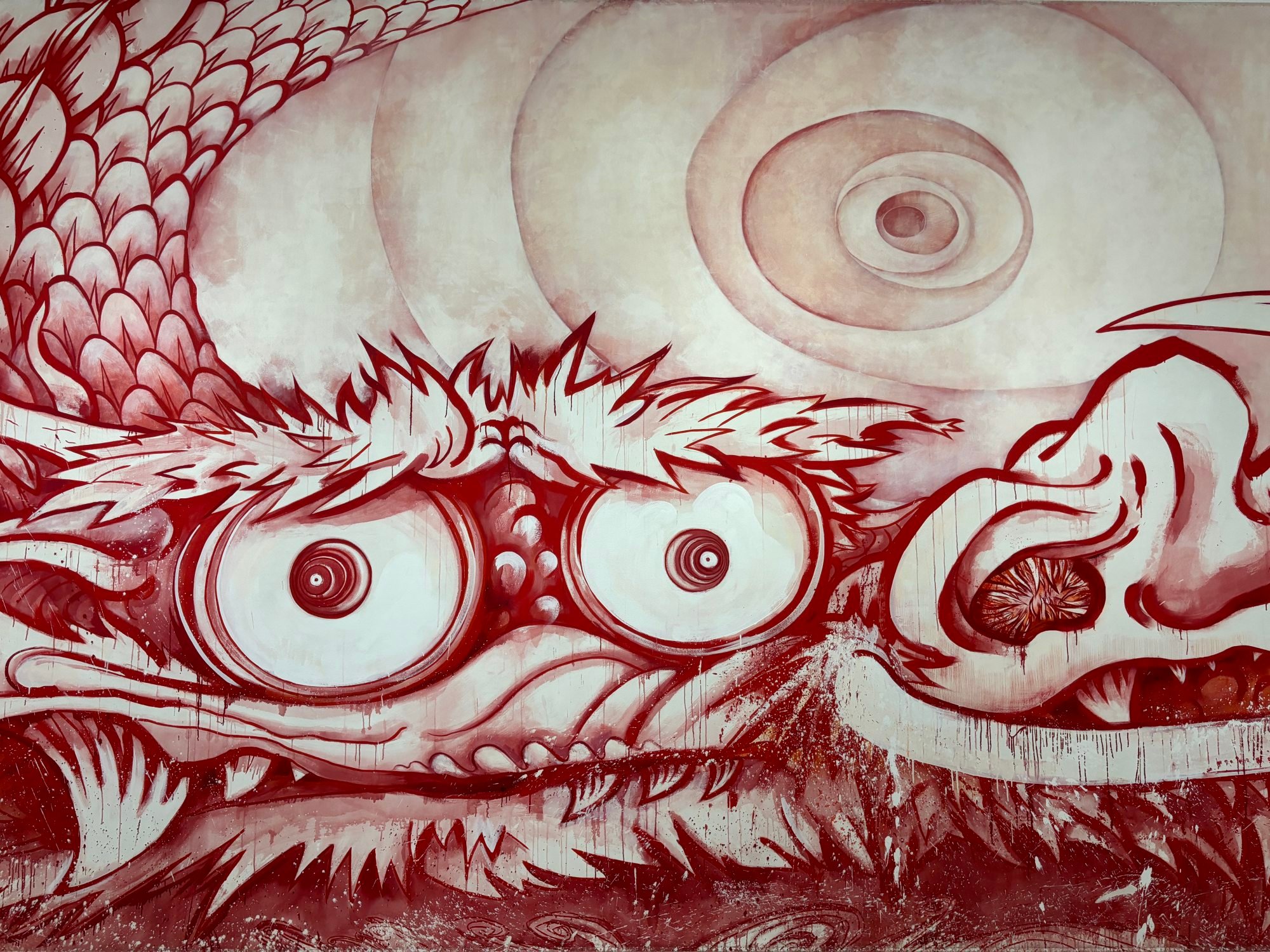
He remains hopeful. “Maybe in three or seven years, the big boom will come back.”
“Takashi Murakami Mononoke Kyoto”, Kyoto City Kyocera Museum of Art, 124 Okazaki Enshojicho, Sakyo Ward, Kyoto, 606-8344, Japan, 10am to 6pm, closed on Mondays except for public holidays. Until September 1.

